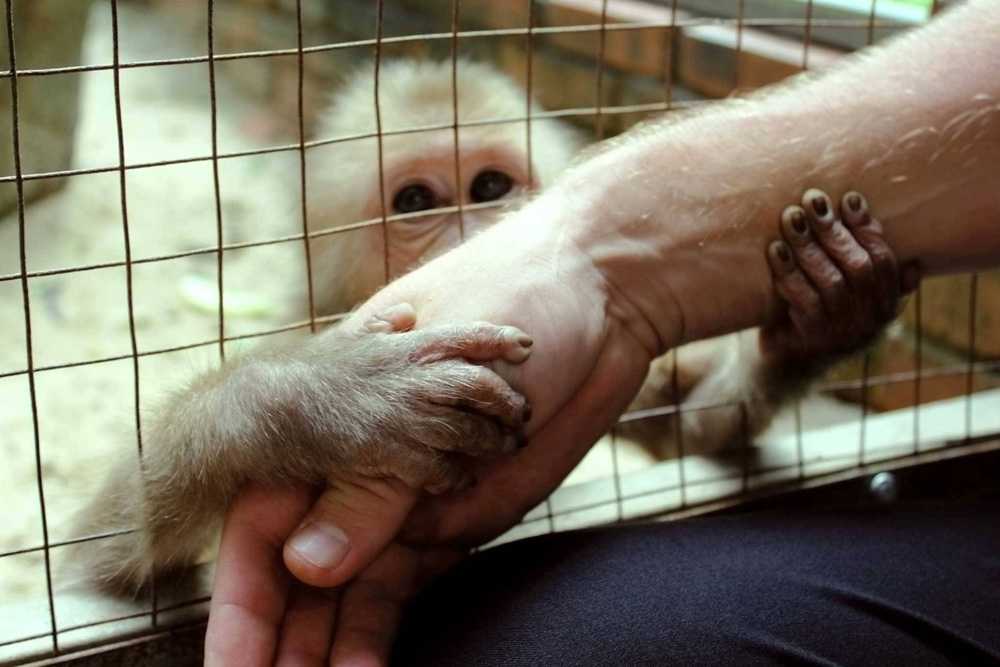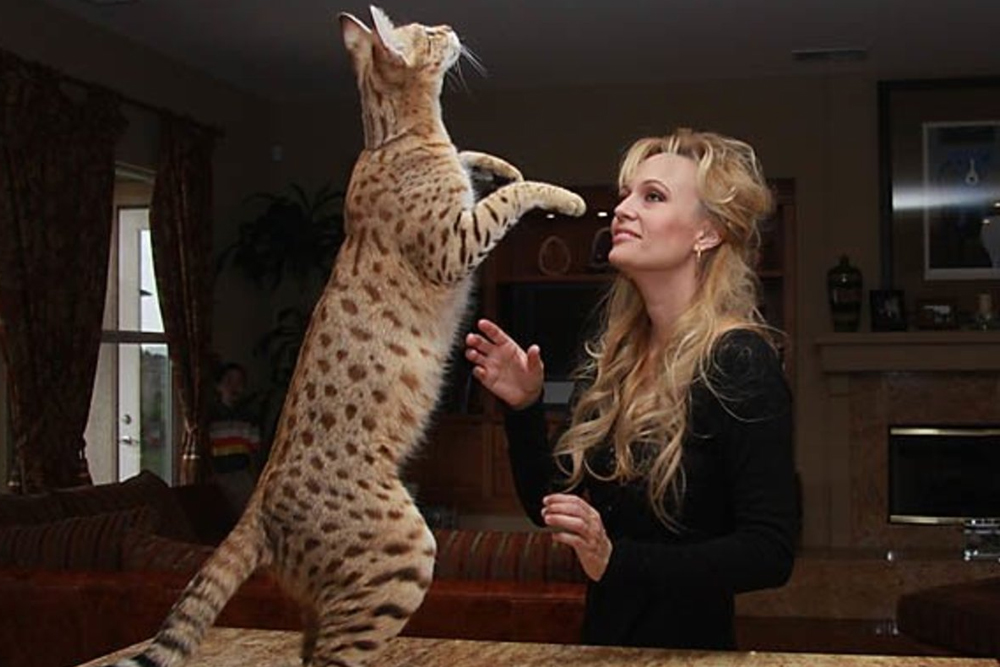The Impacts of the Wildlife Trade on Endangered Species

The illegal wildlife trade is one of the most significant threats facing endangered species around the world. It is estimated that the trade in wildlife is worth billions of dollars annually, making it one of the most lucrative forms of organized crime. Unfortunately, this trade is causing severe harm to many endangered species, pushing them closer to extinction. In this article, we will discuss the impacts of the wildlife trade on endangered species.
One of the most significant impacts of the wildlife trade is the decline of species populations. Many species are hunted and captured for their meat, fur, or body parts, which are used in traditional medicines or sold as exotic pets. This can cause severe declines in population sizes, leading to a higher risk of extinction. For example, the demand for ivory has led to the decline of elephant populations in many African countries.
Related articles
1- Treat Your Pet Like Family: 10 Fun Activities to Do Together
2- Keep Your Pet Healthy and Happy with Regular Veterinary Check-ups
3- How to Keep Your Pets Mind Sharp with Unique Games and Foods!
4- From Fat to Fit: Home Exercises for Your Obese Pet
The wildlife trade also affects the ecosystems where these species live. Endangered species play a critical role in maintaining the balance of ecosystems, and their disappearance can have a ripple effect throughout the ecosystem. For example, the decline in sea turtle populations can lead to a surge in jellyfish populations, which can impact the fishing industry and even human health.
Another impact of the wildlife trade is the spread of zoonotic diseases. Many of the animals traded illegally are kept in unsanitary and crowded conditions, which can lead to the spread of diseases such as SARS, Ebola, and COVID-19. The COVID-19 pandemic is believed to have originated from a wet market in China, where wildlife was being sold illegally.
In addition to these impacts, the wildlife trade also fuels corruption and undermines good governance. The illegal wildlife trade is a highly profitable business that attracts organized crime groups and corrupt officials. This can have severe consequences for the rule of law and good governance, undermining the ability of governments to protect their citizens and enforce laws effectively.
The animals’ natural habitat is destroyed, leading many species to migrate to urban areas in search of food and shelter. However, urbanization can also be detrimental to the survival of these species, as they have to compete with humans for resources and are often victims of roadkill, disease and other threats.
One of the most influenced impacts of urbanization on wildlife is habitat fragmentation. When natural areas are divided by highways, buildings and other urban construction, many animals are separated from their food sources and other individuals of their species. This can lead to a reduction in genetic diversity and an increased risk of deletion.
Additionally, many wild animals that live in urban environments are exposed to pollutants and other toxic agents that can damage their immune systems and impair their ability to reproduce. Birds, for example, can be harvested for air and soil emission, which can lead to decreased egg quality and higher chick mortality.
Another significant risk facing urban wildlife is the increased number of road kills and collisions with buildings. As cities are brought under control, many animals are forced to cross busy streets in search of food and water. This increases the risk of accidents, which can lead to death or serious injury for these animals.
To avoid the extinction of urban wildlife, it is essential to adopt measures to protect the animals’ natural habitat and reduce the risks they face in cities. Some measures include:
- Preservation of natural areas and creation of parks and urban reserves;
- Implementation of public awareness programs to reduce the impact of urbanization on wildlife;
- Installation of wildlife crossings, such as bridges and tunnels, to help animals cross streets and highways safely;
- Adoption of measures to reduce air and soil pollution;
- Increased enforcement and enforcement of laws that protect wildlife;
- Education and awareness of people on how to coexist with urban fauna;
- Creation of public policies that encourage sustainable practices in urban areas, such as the installation of vertical gardens and urban vegetable gardens;
- Promotion of recovery of degraded areas and reintroduction of endangered species.
Crucial to adopt measures to protect wildlife and avoid species extinction in urban areas. Protecting the animals’ natural habitat, raising public awareness and implementing sustainable policies are essential to ensure harmonious coexistence between humans and animals and preserve biodiversity in our cities.
In conclusion, wildlife conservation is crucial to maintaining biodiversity and the balance of ecosystems around the world. Urbanization can pose a major challenge to the survival of species, but it can also provide opportunities for people to engage in protecting wildlife and nature.
It is important to remember that wildlife is not just a tourist attraction or a source of entertainment. Animals play a vital role in ecosystems, helping to maintain balance between species and ensuring the survival of the many plants and animals that depend on them for their very survival.
In addition, the preservation of wildlife has direct implications for people’s quality of life. Healthy animals and biological diversity contribute to air and water quality, and help maintain ecosystem services that sustain human life.
Therefore, it is important for people to understand that protecting wildlife is a matter of survival for all of us. Small actions, such as recycling, avoiding the use of single-use plastics, not littering the environment and supporting the conservation of natural areas can make a big difference in preserving biodiversity and maintaining the ecological balance.
Ultimately, it is crucial that governments, organizations and individuals work together to protect wildlife and nature. Preserving biodiversity cannot be achieved by a single person or organization, but requires a concerted effort and an integrated approach to protecting wildlife and ecosystems around the world. The adoption of sustainable practices and public awareness are essential to ensure a healthy and sustainable future for wildlife and ourselves.
Sobre o Autor




0 Comentários